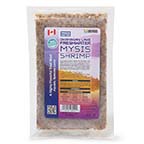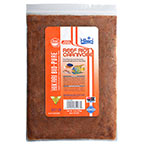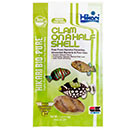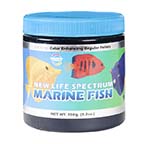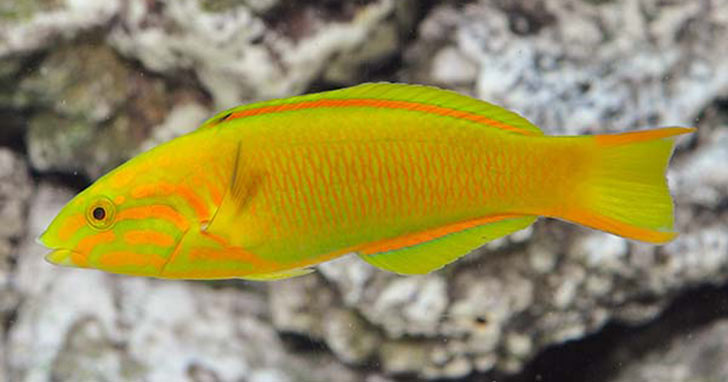 |
| Banana Wrasse (Thalassoma lutescens) |
Thalassoma Wrasse Species
"Hardy", "bold", "vivid", "long lived", and even "aggressive" are words that aptly describe wrasse species belonging to the genus Thalassoma. Wrasse species of the Thalassoma genus typically range in size from 4" to 12" or more depending on the species. Being some of the larger wrasse available in the hobby, Thalassoma Wrasse have a robust personality to match their larger size! These busy and sometimes boisterous wrasses are a favorite among marine aquarists with larger, fish-only aquariums.
Many of the 28 species of Thalassoma Wrasse are regularly available for aquarists to purchase as they are relatively common, occurring in tropical and sub-tropical waters around the world. Even better, most are very affordable compared to smaller sized species of wrasse.
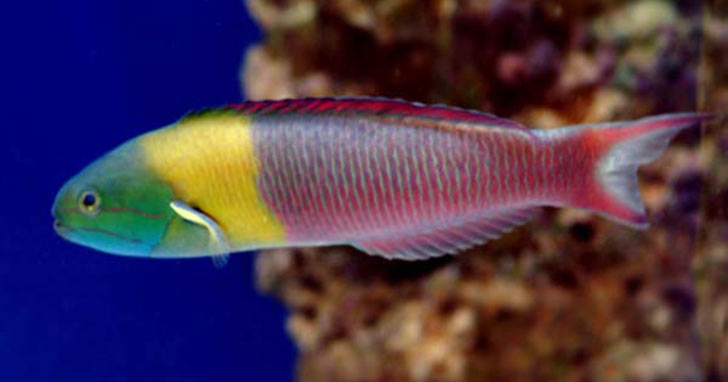 |
| Paddlefin Wrasse (Thalassoma lucasanum) |
Wrasse Characteristics
Thalassoma Wrasse species provide activity, color, and interest to the home marine aquarium and fare well with other semi-aggressive to aggressive fish. The bold personality of most Thalassoma species stands up to aggressive tank mates such as larger Tangs, Angelfish, and Triggerfish. In most cases, Thalassoma Wrasses should be one of the last fish added to the aquarium due to their territorial and potentially aggressive behavior. Another trademark attribute of Thalassoma Wrasse is their unique swimming style which is reminiscent of a penguin swimming underwater. The wrasse use their pectoral fins like wings to propel through the water for a majority of their movement. Speaking of movement, Thalassoma species are active swimmers that require a large aquarium with plenty of open water for swimming as well as rock structures for the wrasse to swim through and explore. It is not uncommon to see any of the Thalassoma species taking a break by literally resting on the substrate or bottom of the aquarium.
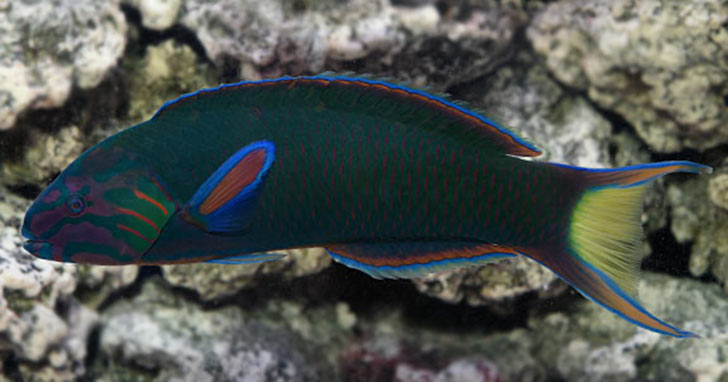 |
| Lyretail Wrasse (Thalassoma lunare) |
Care and Considerations for Thalassoma Wrasse
After a long day of activities exploring and foraging for food Thalassoma Wrasse will either bury into substrate or sleep in the cracks and crevasses of rock work and coral. Therefore, a 2" minimum layer of soft substrate should be provided for the wrasse to burrow and sleep in at night.
In general, different species of Thalassoma Wrasse should not be mixed in the aquarium since they will usually not tolerate each other. However, you can keep a male and female of the same species together. It is advised to introduce them at the same time if possible. Some aquarists with extremely large aquariums have had limited success with mixed species of Thalassoma Wrasse housed together.
Many wrasses including Thalassoma Wrasses, are "rock turners" that grab rubble, shells, and rocks with their mouths, pick them up, and move them while hunting for invertebrates and crustaceans. When a prey item that is too big to fit in the wrasses' mouth is snatched up, the wrasse will engage in "bashing" behavior. It will hold the large prey item in its mouth and smash, or bash, it against rock or coral to break it up so it can be consumed. These behaviors are not only interesting to observe but also demonstrate the wrasses’ intelligence. This also means that Thalassoma Wrasse are not invert friendly. Crustaceans such as shrimp, crabs and smaller hermit crabs (including desirable ornamental varieties) are on the menu and are easily dispatched by the afore mentioned method.
Thalassoma Wrasse are not picky eaters and will accept a variety of foods including mysis shrimp, krill, chopped squid, clam on the half shell, and quality marine pellet foods. Like other wrasses, Thalassoma species should be feed at least 2 to 3 times daily to provide enough nutrition and energy for their active underwater lifestyle. LiveAquaria® also recommends the use of VitaChem a few times a week to ensure proper nutrition.
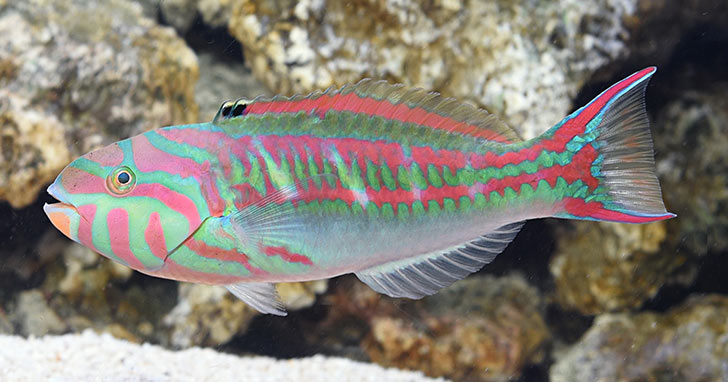 |
| Pinkface Wrasse (Thalassoma quinquevittatum) |
Wrasse Loss Prevention
Last, but not least, be sure your aquarium is covered since all wrasse are jumpers. Anything from an act of aggression inside the aquarium to a slamming door or stray vibration can cause wrasse (and other fish) to jump to their demise which usually happens at night or when you are not present to save them after a jump. While everyone loves the clean look and aesthetics of an open rimless aquarium, rimless aquariums are not conducive to keeping potential jumpers long term. This cannot be emphasized enough. It’s not a matter of if your wrasse will jump, but when it will jump!
Many of the popular and less common Thalassoma Wrasse can be purchased on the LiveAquaria® site in our Fish-Only Wrasse Category under Marine Fish and the Diver’s Den® WYSIWYG Store.
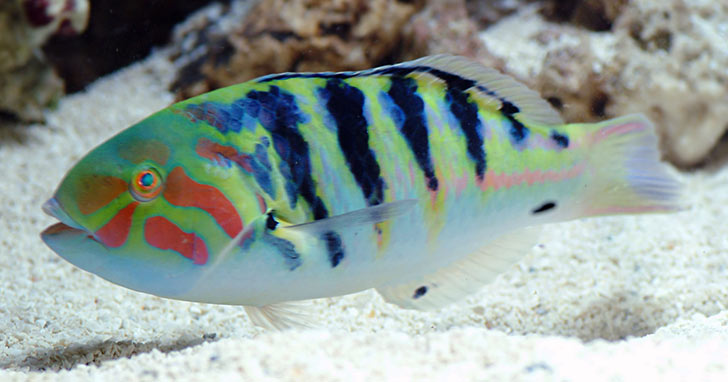 |
| Hardwicke Wrasse (Thalassoma hardwicke) |
Food Considerations for the Thalassoma Wrasse

|








